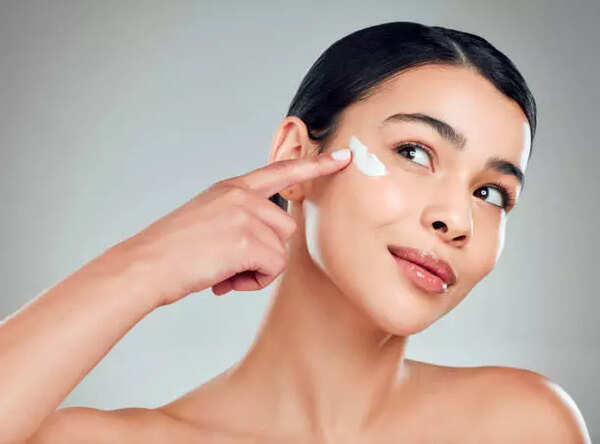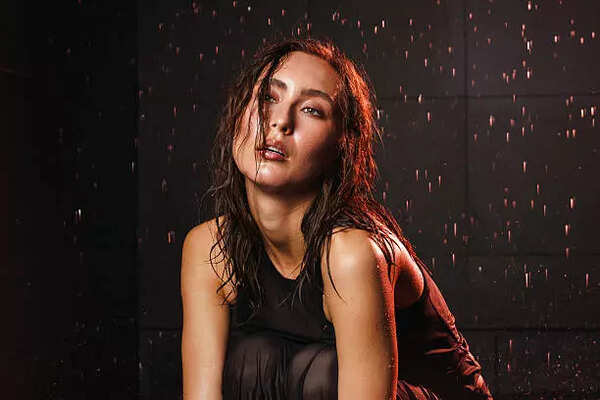As the monsoon season unfolds, ultraviolet rays still remain a factor for concern. Therefore, when the majority of people assume that the overcast skies and decreased amount of sunlight mean the need for sun protection is eliminated, they forget to consider the effect UV radiation can have on a person’s skin. However, while clouds may relieve the warmth of the infrared rays, they do nothing to soften the damage caused by the Ultra Violet A and B rays. There are studies which show that as much as 80% of UV rays manage to penetrate even the most dense coverage of clouds, so it really does not matter whether it is monsoon season or not, if the clouds are visible. While it may feel that rain is on the horizon, recovering from pigmentation disorders and premature aging remains a challenge due to the sort of damage inflicted the skin. The balance of high humidity with the features of the wet season alters the barrier function of the individual’s skin, and this change increases the risk for damage caused during exposure to sunlight.

The end result skews towards losing water in the outer layers of one’s skin. This loss makes the skin photo-damagable. Also, when we consider this skin type in context, reflective surfaces like puddles, water-logged pavements, and even damp roads can all behave like secondary mirrors bouncing UV rays towards the skin. Therefore, a pedestrian positioned next to a rain soaked street can be bombarded by UV rays from both direct and reflective sources and suffer from hyper pigmentation, formation of wrinkles before due time, and loosened elasticity in skin.So, while life does seem easy and relaxed in the monsoon season, what is actually required is constant replenishment of a broad-spectrum sunblock, even while indoors. This applies to everyone, and therefore highlights the importance of sun exposure. Hyperpigmentation is restricted but also, other skin conditions can be easily circumvented if these measures are taken.Considering one’s skin type and environmental factors is essential while selecting the proper sunscreen. With oily or acne-prone skin, individuals tend to prefer gel-based formulations as they are light and non-comedogenic in nature. Such products contain oil-free or mattifying ingredients which effectively tame uncontrolled sebum production, resulting in a matte finish that does not streak with rain or sweat. In contrast, lotion-based sunscreens with hydrating ingredients like glycerin or hyaluronic acid are more suitable for dry or dehydrated skin types as these strengthen the skin’s moisture barrier and mitigate the moisture-sapping effects of wind and rain. However, regardless of their texture preference, all monsoon-suitable sunscreens should be broad-spectrum to protect against UV-A, which is deeply damaging and aging to the skin, and UV-B, known for causing erythema and sunburn. Some advanced formulations might even go as far as adding filters for HEV blue light and infrared radiation due to their role in oxidative stress and melanocyte activation.

Zinc oxide and titanium oxide based physical or mineral sunscreens remain a mainstay for those with very reactive or sensitive skin. These inorganic substances form a protective layer that reduces the amount of UV rays that would penetrate into the upper epidermal layers by reflecting and scattering those UV photons. The application of physical filters provides immediate protection as they are actively protective upon application and do not require an activation period. Moreover, mineral-based formulations often augment the effectiveness of sunscreen filters—typically consisting of oxybenzone, avobenzone, or octinoxate—that absorb harmful UV rays and release them as heat. Although chemical filters are more elegant in finish, they can be irritative to already sensitive skin suffering from overbearing monsoon humidity. For most practitioners within an office or client-facing roles, the distinction between physical or chemical sunscreen relies on preference wrapped around the border of aesthetic and clinical care for the skin. Utilizing water-resistant formulas designated for at least 40 to 80 minutes of exposure is vital to protect against unexpected rain and perspiration, averting the need for frequent reapplications.Applying sunscreen as part of a daily regimen during the monsoons is not a beauty choice but rather a necessity. In professional workplace environments where skin care meets semblance realms, negligent use of broad spectrum sunscreen is equally and enjoyment to photodermatological diagnostics and long-term cardio protective therapies.
No matter the weather – whether it be pouring rain or an incoming monsoon – ultraviolet rays can still be a danger. By incorporating a dermatologist-recommended sunscreen into their skincare routine, individuals can sidestep UV-induced dark spots and stress lines. Additionally, reapplying sunscreen every couple of hours and especially after swimming protects the skin from the harmful effects of heat and sudden showers. This enables the high self-esteem, preserved tone, and balanced skin that comes with forward-thinking dermatest, this allows even texture and effortless youth.Inputs by Dr. Raina Nahar, Consultant, Dermatology at P.D. Hinduja Hospital & MRC, Khar






